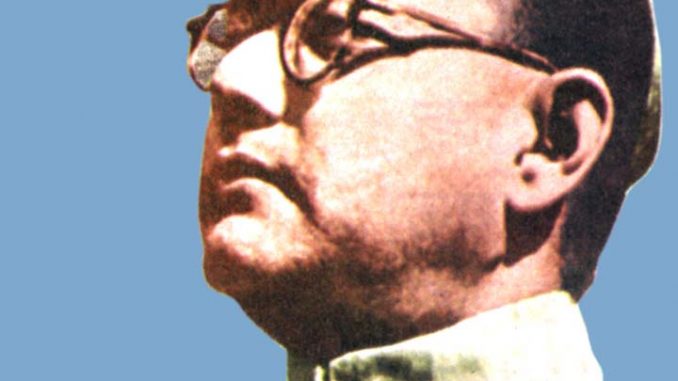
The President of India, Shri Pranab Mukherjee, in a message to Netaji Research Bureau, Kolkata which observed the 75th anniversary of Netaji Subhas Chandra Bose’s ‘Mahanishkraman’ urged the youth to adopt the slogan of Itmad (Faith),Ittefaq (Unity) and Kurbani (Sacrifice) which Netaji gave to the soldiers and civilian personnel of the Azad Hind Fauj.
The President said “I am happy to learn that the Netaji Research Bureau, Kolkata is observing the 75th anniversary of Netaji Subhas Chandra Bose’s ‘Mahanishkraman’ (The Great Escape) on January 16, 2016.
On the historic night of January 16-17, 1941, Netaji set out in his Wanderer car from his ancestral home on Elgin Road, Kolkata and reached Gomoh (Jharkhand) on the first stage of his escape from British India. He took the Delhi-Kalka Mail from Gomoh to Delhi and then proceeded to Peshawar in the Frontier Mail. From Peshawar, he went on to Kabul and then, obtained a visa to go to Moscow under the assumed name of an Italian. This Mahanishkramanmarked the departure of Subhas and advent of Netaji in the pages of history. The daring and carefully planned escape serves as an inspiration to the youth of our country.
On reaching Europe in April 1941, Subhas Chandra Bose was united with his wife Emilie Schenkl, whom he had first met in Vienna in June 1934 and secretly married in December 1937. Their daughter Anita was born on 29th November 1942. Incidentally, I recall with great pleasure my visit to Augsburg in 1995 as External Affairs Minister accompanied by our then Ambassador to Germany, S.K. Lambah. Emilie was at the time staying with her daughter Anita and her husband, Prof. Martin Ptaff who was a member of the German Parliament. I was received with great warmth by Netaji’s wife and daughter.
Leaving his wife and two-month old daughter behind in Europe, Netaji embarked on his perilous 90-day submarine voyage to Asia in order to lead the Azad Hind Fauj in its glorious battle for freedom. It was an example of great sacrifice for a public cause – the cause of Indian independence to which Netaji had dedicated his life.
Netaji’s charioteer from Kolkata to Gomoh was Sisir Kumar Bose, the third son of Netaji’s elder brother and prominent leader of the Indian National Congress, Sarat Chandra Bose. Sisir Kumar Bose was a twenty-year old medical student at the time of the great escape of Netaji. Netaji asked him in December 1940: “Amaarektakajkorteparbe?” (“Can you do one job for me?). Sisir Kumar Bose more than fulfilled the task given to him by Netaji. He was subsequently arrested by the British Government from August 1942 to September 1945 during the Quit India Movement and underwent untold suffering, including rigorous imprisonment and solitary confinement in the Red Fort and Lahore Fort. Sarat Chandra Bose was also imprisoned for nearly four years from December 1941 to September 1945 in South India. The entire Bose family played a unique role in India’s freedom struggle. Later, Sisir Kumar Bose became a good friend of mine. He continued to serve the country as a renowned pediatrician and founder of the Netaji Research Bureau. He was elected member of the Legislative Assembly of West Bengal from the Congress Party and served from 1982 to 1987. Sisir Kumar Bose never stopped doing Netaji’s work, until he passed away on 30th September, 2000.
Sisir Kumar Bose has given a graphic account of Netaji’s journey in a book in Bengali titled ‘Mahanishkraman’. Details of the formation of the Indian National Army and the transition of leadership from Rash Behari Bose to Subhas Chandra Bose after the latter’s arrival in Singapore is available in the book ‘My Memories of I.N.A. and Its Netaji’ by Maj Gen Shah Nawaz Khan.
On this historic occasion, I pay tribute to Netaji Subhas Chandra Bose and urge the youth of India to adopt the slogan of Itmad (Faith), Ittefaq (Unity) and Kurbani (Sacrifice) which Netaji gave to the soldiers and civilian personnel of the Azad Hind Fauj.
I compliment the Netaji Research Bureau for its strenuous efforts to promote research into the life and contribution of Netaji as well as the various activities it organises to commemorate important events associated with Netaji. I send my warmest greetings to Prof. Krishna Bose, and Professor Sugata Bose, Chairperson and Director of the Netaji Research Bureau”.



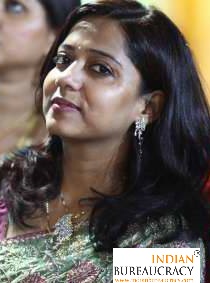
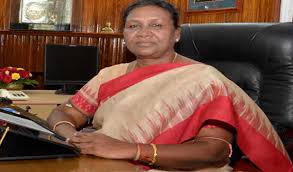
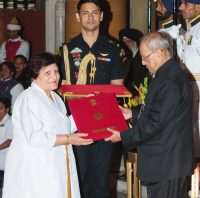
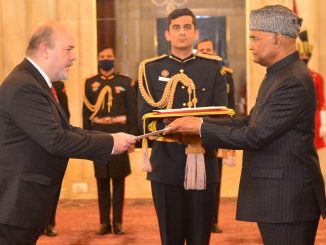
Leave a Reply
You must be logged in to post a comment.